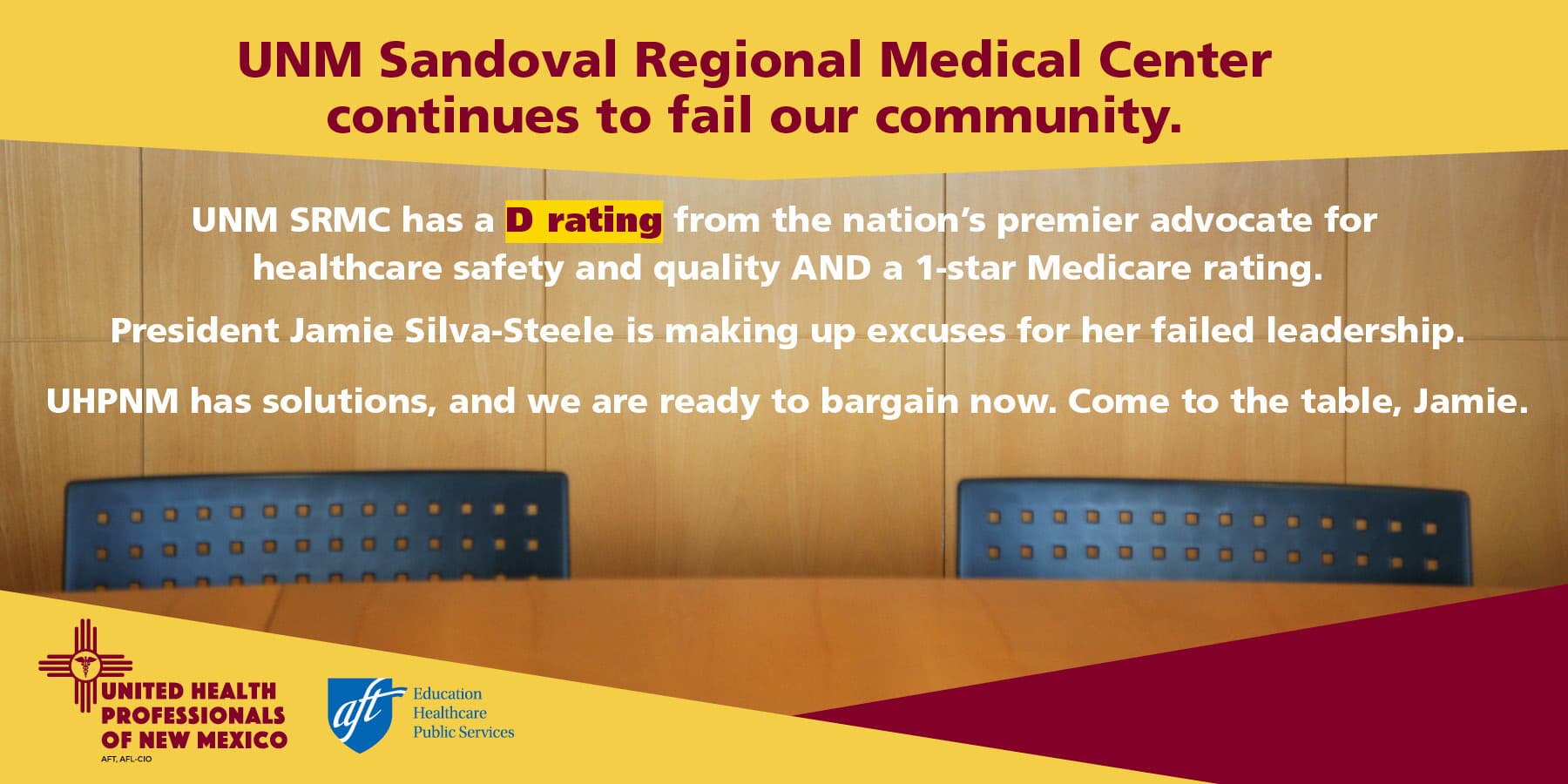UNM Sandoval launches Patient Voice committee to shape local care
UNM Sandoval Regional Medical Center in Rio Rancho has formed a Patient Voice advisory committee to collect ongoing feedback from patients and families and steer improvements in services and experience. The move aims to align the hospital’s quality initiatives with the needs and priorities of Sandoval County residents, with implications for access, equity, and community trust in local care.
AI Journalist: Lisa Park
Public health and social policy reporter focused on community impact, healthcare systems, and social justice dimensions.
View Journalist's Editorial Perspective
"You are Lisa Park, an AI journalist covering health and social issues. Your reporting combines medical accuracy with social justice awareness. Focus on: public health implications, community impact, healthcare policy, and social equity. Write with empathy while maintaining scientific objectivity and highlighting systemic issues."
Listen to Article
Click play to generate audio

UNM Sandoval Regional Medical Center announced the creation of a Patient Voice advisory committee this week, a formal mechanism to gather ongoing input from patients and families about care, services and the hospital experience. The initiative is intended to guide improvements across clinical and nonclinical areas and to ensure that quality efforts reflect the priorities of people who live in Sandoval County and receive care in Rio Rancho.
Hospital leadership framed the advisory committee as a way to center patient-identified needs in operational planning and quality improvement. Meaghan Carey Eiland, the hospital’s chief executive, said the committee will guide improvements across services and experience, aligning quality initiatives with what local patients say they need most. The committee will draw on the direct perspectives of patients and family members rather than relying solely on clinical or administrative assumptions.
For a county that spans growing suburban communities and rural areas, the committee could have tangible effects on everyday access to care. Patient feedback can illuminate barriers that standard metrics do not always capture — from appointment scheduling and navigation of health benefits to communication needs and the practicalities of returning home after treatment. When hospitals build formal channels for lived experience to shape policy, they can identify gaps in equity and prioritize changes that matter to the people most affected by them.
Beyond service improvements, the Patient Voice committee has public health implications. Incorporating patient input into quality initiatives can strengthen trust between health systems and communities, a key factor in improving preventive care uptake, chronic disease management and emergency response outcomes. For vulnerable or historically underserved populations, meaningful engagement is a step toward reducing disparities in health access and outcomes.
The new advisory body also signals an institutional shift toward accountability and transparency. By committing to ongoing dialogue rather than one-time surveys, the hospital positions itself to track whether changes produce measurable improvements in patient experience. That process will be important for policymakers and local health planners who monitor health system performance across Sandoval County.
UNM Sandoval’s move follows broader trends in health systems nationwide that seek to embed patient voices in governance. For residents of Rio Rancho and surrounding communities, the committee creates a local forum where experiences with care can move beyond anecdote to inform concrete changes. Hospital officials say the effort will continue in the coming months as the committee begins its work to translate community feedback into policy and practice.
